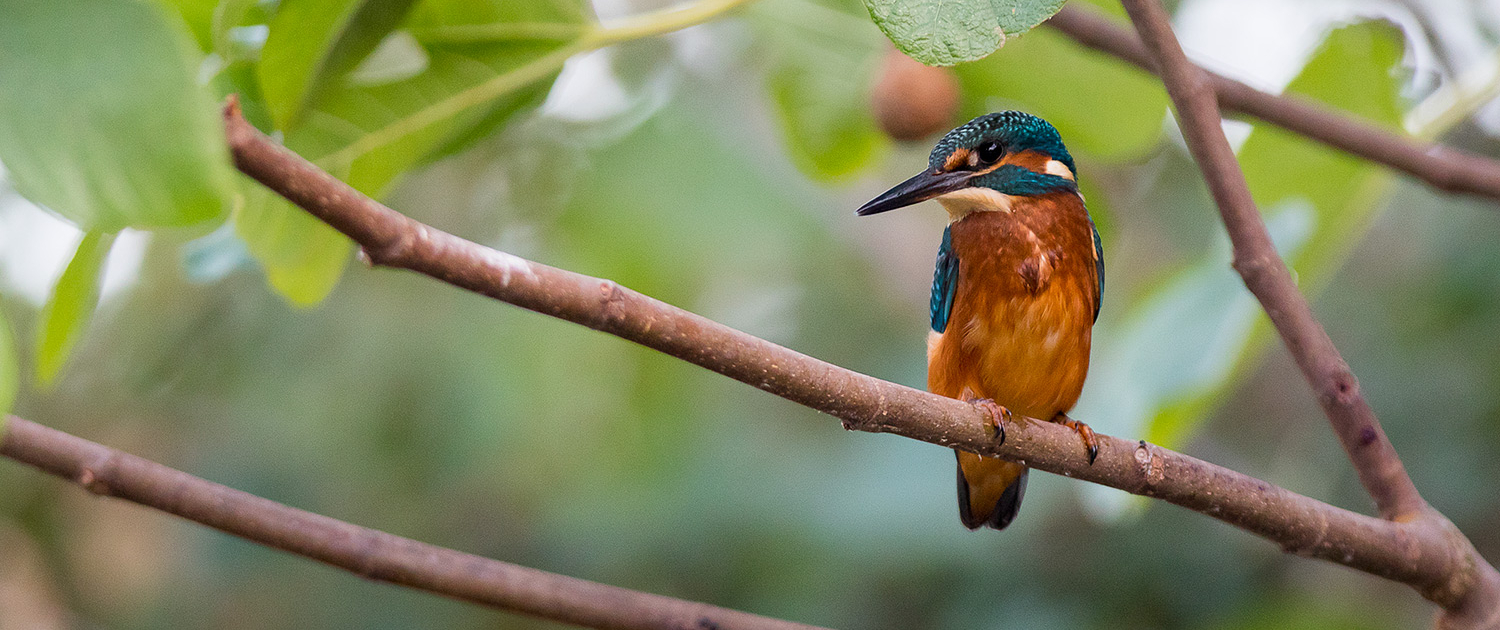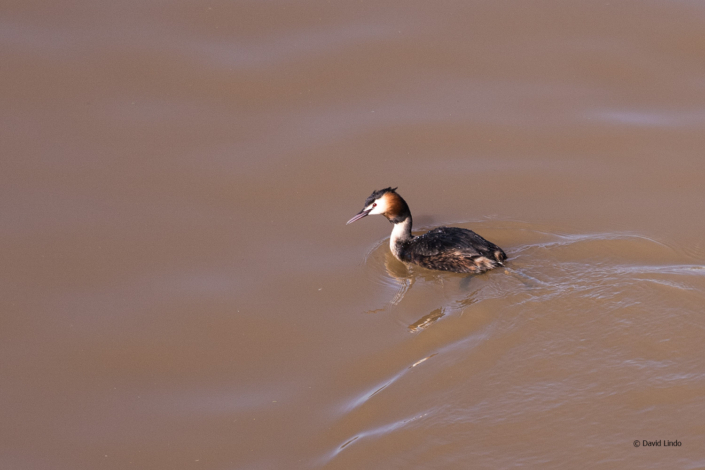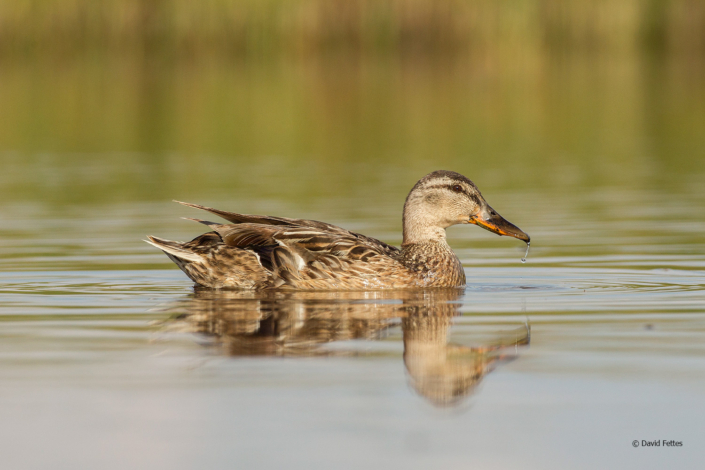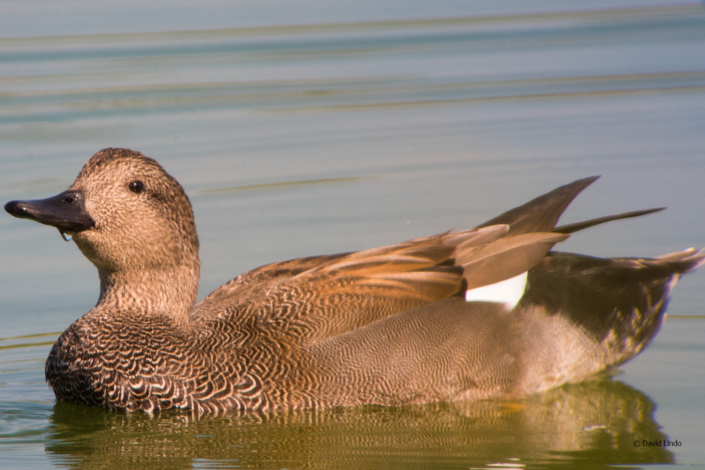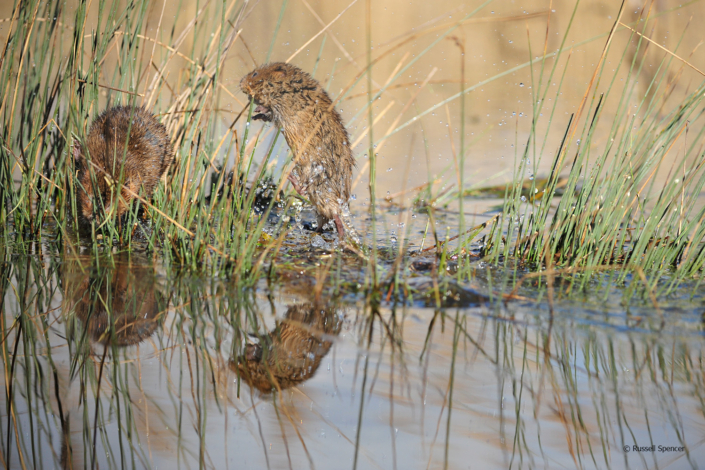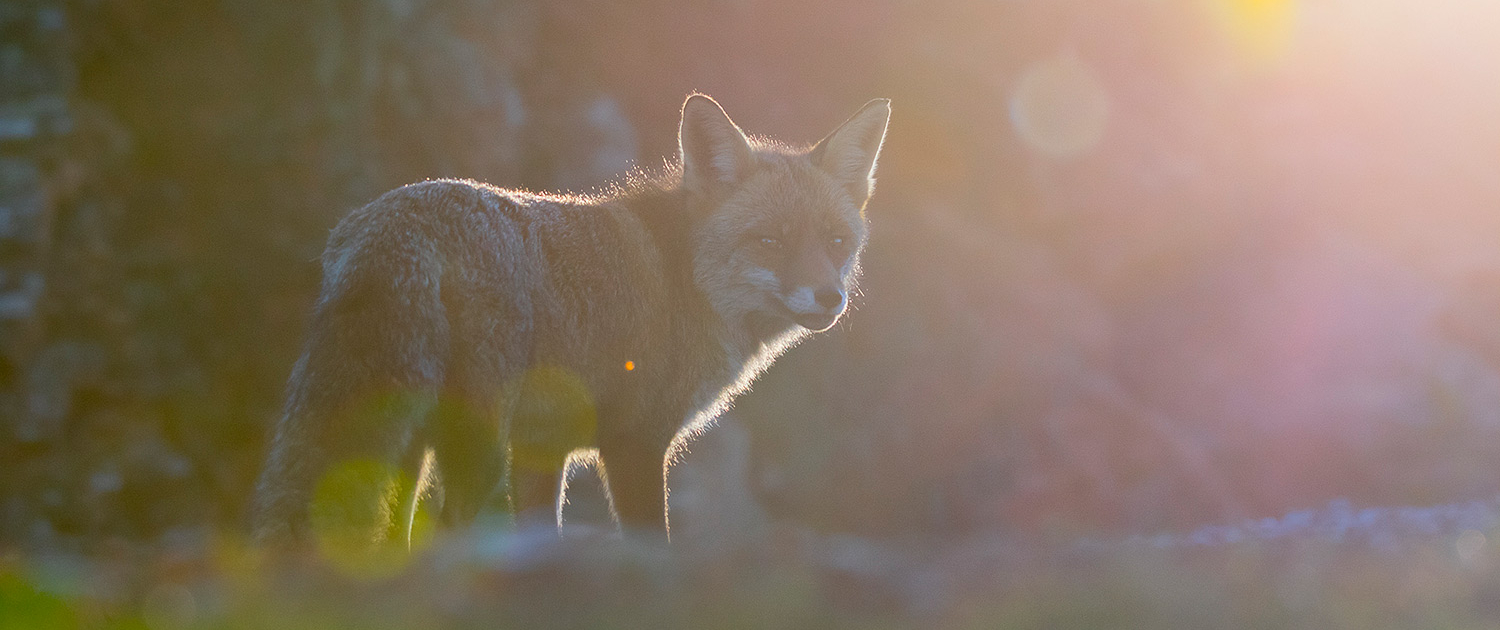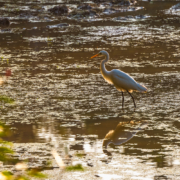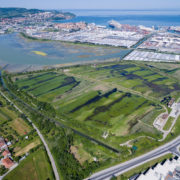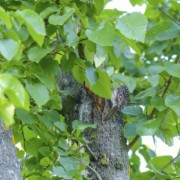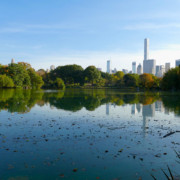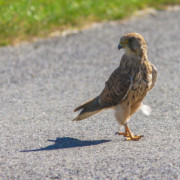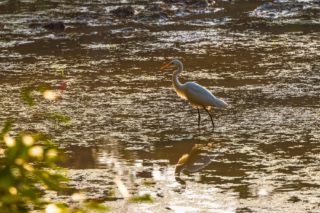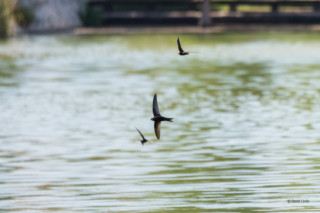I’ve been a birdwatcher all my life; with a dad who has become famous through it (or should that be infamous?) and grandfathers on both sides who were interested, it was almost inevitable. As a child I enjoyed visiting nature reserves all over the country, in my early teens I would cycle cross town looking for birds and then in my late teens to mid-twenties I was a bit of a twitcher (not a hardened type who chased everything but I was regular at rarities across the country).
However, as I have aged so too have my birding habits changed. These days you would be hard pushed to find me chasing to the other side of town for a bird, let alone the length of the country. No, these days I would much rather walk the well-worn path of my local patch – no matter how dire the birding can be at times.
Path of the Patch
As a town dweller my local patches are usually urban in their setting. Lodge Lake in Great Holm, a small balancing lake in the heart of Milton Keynes, Buckinghamshire (one of the country’s most rarity starved counties!) was one such patch for a number of years. It is one of many designed to prevent flooding throughout the “new” town. Lodge Lake is fed by a small stream winding its way into it from the south from the much larger Furzton Lake and leaving it to the north to wend its way through town. Unlike other local lakes though Lodge Lake is a desert for ducks (unless you want to see Mallard).
From the lake my patch extended in a long thin line along the stream past the nearly 1000 year old Bradwell Abbey towards Bancroft, with its Roman villa, and the flood plains of Blue Bridge (sounds more glamorous than it is) along the way includes our famous Concrete Cows. The area is actually far more impressive from a historical point of view than it is for wildlife. As idyllic as I may have made it sound it is surrounded by housing, industrial units and warehouses. It is cut through by both the A5 and the mainline railway from London to Birmingham and is a very busy stretch of land for joggers, cyclists and dog walkers – I sometimes had no more than 5 minutes without being asked what I was photographing. But I loved my time there.
The Wildlife
The Wildlife of the patch is pretty limited. I only watched the area for a couple of years (I have always been quite nomadic in my life, so patches have come and gone) and didn’t quite get to 100 species of bird (although a fellow patch worker has just done so, yes there is at least one other person who watches the area regularly). The duck numbers for a lake are a joke, apart from Mallard. I have encountered a number of irregular Tufted Duck and one Gadwall to date although there have been, in the past, a few more; Pochard, Smew and one day six Garganey at once, are some that I know of.
One bird it does hold, which is not tough to see, is Common Kingfisher, they are very regular in the area sometimes putting on wonderful shows flashing their electric blue backs as they belt with purpose up and down the stream. With a number of regular fishing spots, my information on exact locations to watch in winter have resulted in at least one local birder getting his best ever views!
Beyond birds I have recorded a good number of Milton Keynes Odonata species, as well as decent numbers of butterfly. I have personally recorded six species of ladybird and over 200 moth species in the area. In the summer the Lake itself is great for watching Noctule Bats amongst other bat species and Muntjac, Red Fox and Water Vole have been seen in the day time. Best of all one winter, in thick snow, I found tracks of an Otter.
Urban patches may often be better and may get more exciting species but when you spend so much time with one area you learn to appreciate what you turn up and to love every hidden gem your patch may provide.

